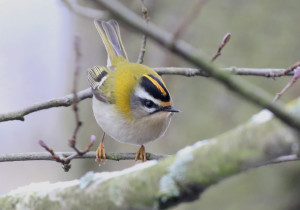
Winter birding on the local patch I have in Kent has been a little frustrating over much of January and February with lots of rain turning all the local footpaths into an absolute mudbath and birds being thin on the ground apart from large numbers of Redwing which although numerous were extremely shy. The suddenly, all of this changed with the arrival of far lower temperatures, freezing of the sodden ground and a covering of snow.
Over the course of a few days snowy conditions added a new layer of interest to my local patch birding along the Darent Valley with birds concentrating around areas rich in food sources and losing some of their shyness as the stress of the cold forced them to work harder to find enough food. Added to this was the arrival of a few species not normally found in the area including two species of birds I have never previously seen on my local patch in over forty years of birding the area!
Redwings have been the most obviously abundant birds in the area over the last few months but getting close to them has been extremely difficult until now. The cold weather has forced large numbers of them to feed on any remaining berries they can find, mostly on ivy, and to feed alongside livestock in small fields. This has given me plenty of opportunity to photograph and video them.
In over forty years of birding along the Darent Valley it is not often I see anything that I haven’s seen there before, particularly as the habitat types are limited but in swirling snowy conditions I was alarted to the fact that 3 White-fronted Geese were feeding along with the resident Canada Geese and Greylag Geese on a field of winter wheat. Making my way there I passed through some old gravel pits that are now used for fishing where 3 Wigeon were my first “patch tick” of the day. Although these handsome ducks are fairly common on marshes not so far away, my patch does not really have any suitable habitat for them and presumably they had been forced off of their regular wintering spot due to the shallow waters they favour freezing.
At the winter wheat field the White-fronted Geese were easy to spot among the small flock but spending time videoing them left me very cold as the conditions became quite extreme at times. You can see both the geese and the conditions in this video.
To escape the cold I followed the same tactic as many of the birds in the area. Some old watercress beds are surrounded by small fields in which sheep and cattle are kept, divided by hedges and lines of seeding alder trees and this is always a magnet for birds in cold periods. The water in the cress beds comes out of a spring and never freezes, creating a small micro-climate and the trees break up any wind. In the winter these alders always attract Siskins.
Water Rail is often found here but they are sneaky. Even when I see them well and at close range they somehow manage to elude my camera and this was no different during this cold period. Eurasian Treecreeper arrived among the alders but was as camera shy as the Water Rail while a flock of Long-tailed Tits bamboozled me too. However, the best bird to arrive was a little less retiring and one that I see very seldom in this area: Firecrest.
This awesome little bird is enough to light up any day of birding so on top of what I had already seen it was exactly the sort of thing I had been waiting for all these wet, dreary weeks. After this excitement checking out the livestock fields also proved to be interesting. Fields for sheep, cattle and riding horses were busy with Redwings, Blackbirds and Song Thrushes with a few Fieldfares thrown in for good measure.
The small flock of sheep had also attracted the attention of some wildlife, this time a Red Fox that seemed to be looking longingly at them as potential dinner.
The same field also attracts a few gulls. Presumably they cruise around searching for worms and other inverterbates churned up by the sheep, in areas of exposed soil turned over by the animals. Usually this area attracts nothing but Black-headed Gulls but this weather encouraged some Lesser Black-backed Gulls and a Common Gull to join the party.
As one might expect Pied Wagtails were also attracted to the areas with animals in them, feeding on invetebrates at the feet of cattle and horses as their hooves churn up the ground.
Standing around waiting for birds to arrive is often a good way to see a lot of interesting species but in this weather it was extremely cold so I started heading back home, at least some walking would bring life back to my finger tips. Walking back through the lakes Tufted Duck, Great Crested Grebe, Mallard and a single male Common Pochard were to be added to the earlier Wigeon. Egyptian Geese seem to be permanent fixtures here these days too. Coots on ice were amusing.
The local church is often worth a look for birds at any time and in such weather conditions the protection dense yew trees give small birds such as Coal Tit and Goldcrest is vital for their survival. As predicted I saw both of these species and was able to watch a Goldcrest feeding in the snow for a long time. It seemed to be able to find plenty of food among the dense foliage of coniferous trees.
Back home a cup of tea was very warming but over the next few days of snowy weather my local patch turned up lots more Redwings, Fieldfares and Water Rail sightings as well as Yellowhammer, Greenfinch, Corn Bunting, Green Woodpecker, Little Egret, Grey Wagtail and much more. As birds begin to migrate perhaps I will add a bird or two more to the local list. I hope everyone else os making the most of local patch birding at this time when many of us are prevented from travelling.
If you are birding in Britain then I highly recommend getting a copy of one of the world’s best field guides – Collins Bird Guide – which covers all species of birds in the UK and Europe. There is a third edition available now.


 February 14th, 2021
February 14th, 2021  Nick
Nick 
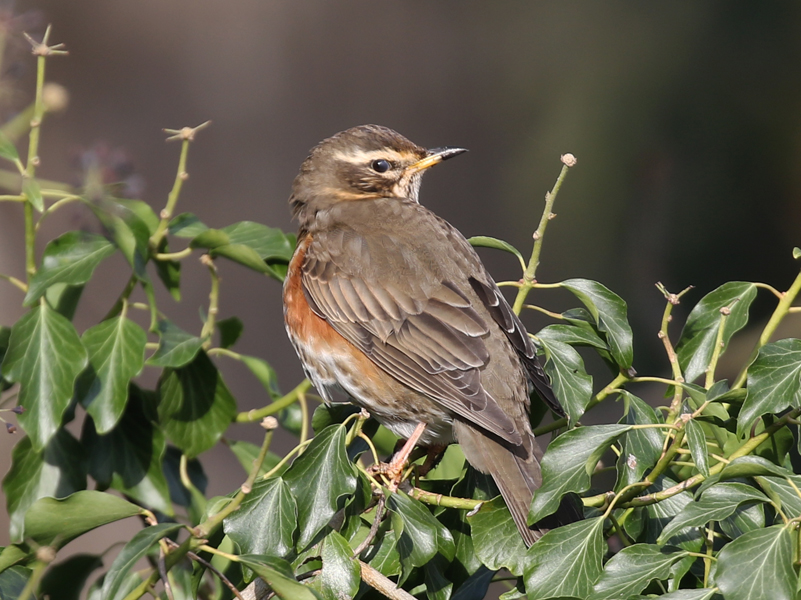
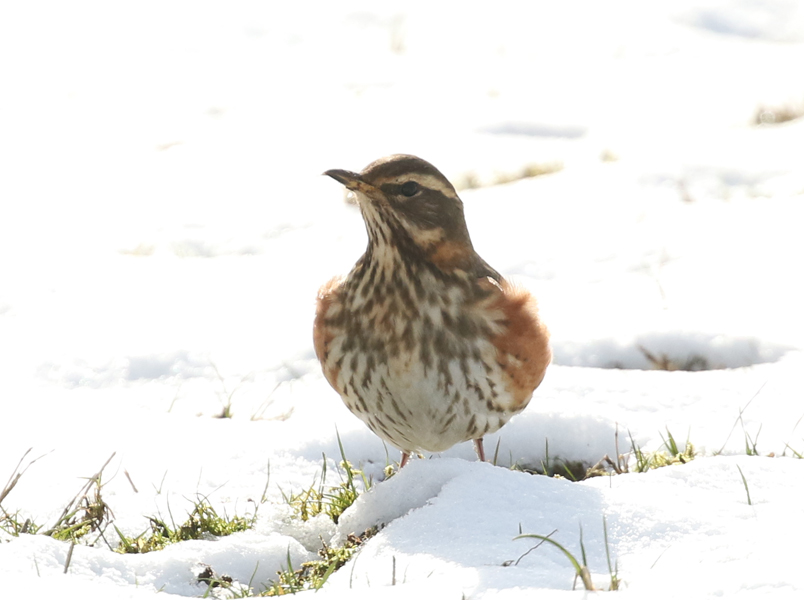

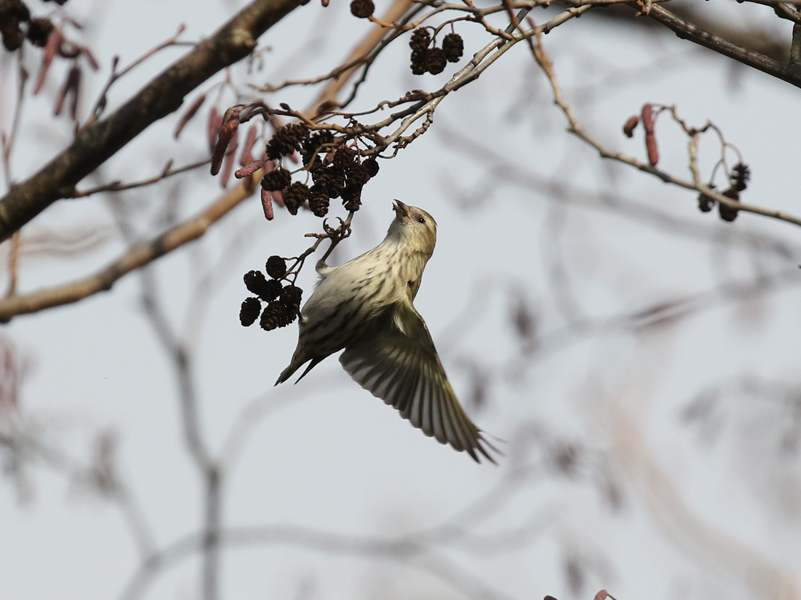
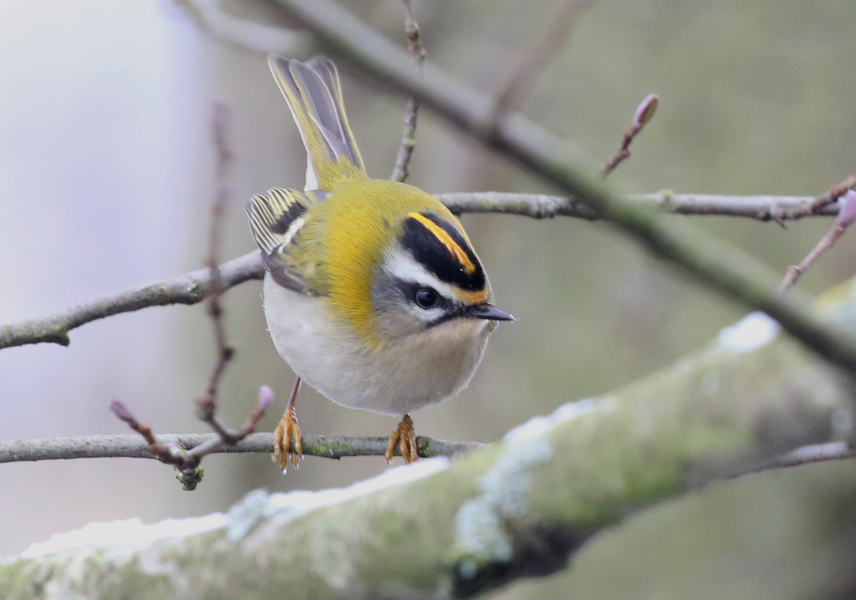

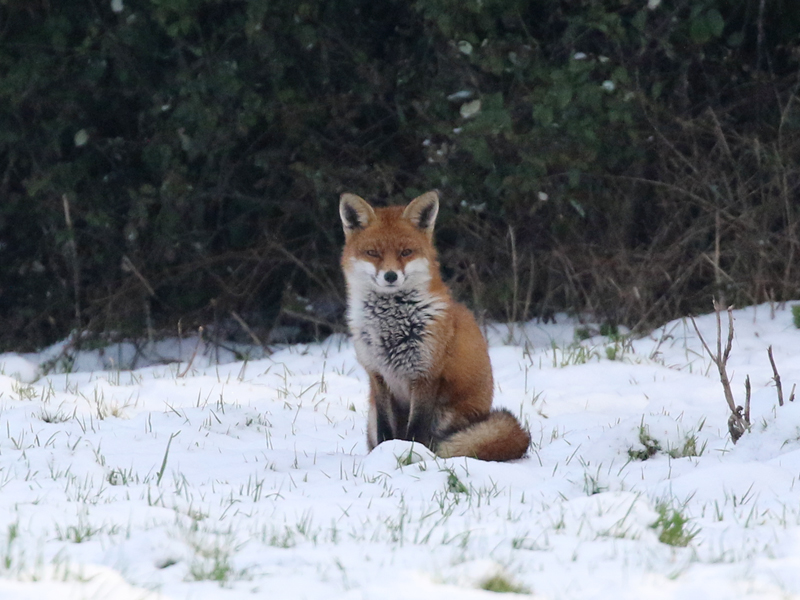
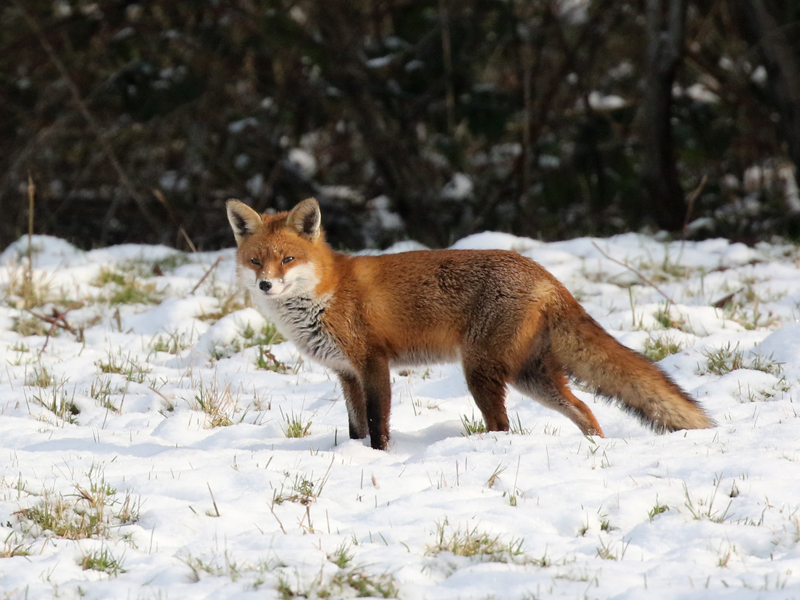
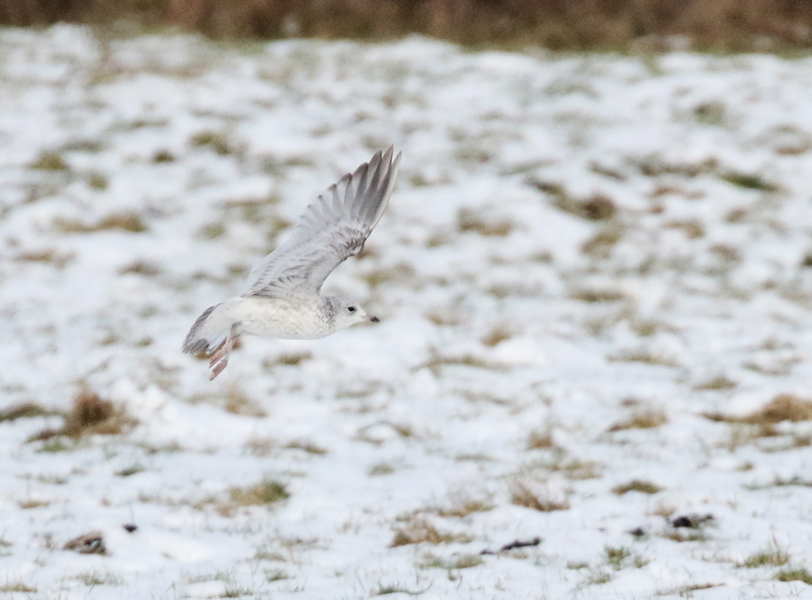
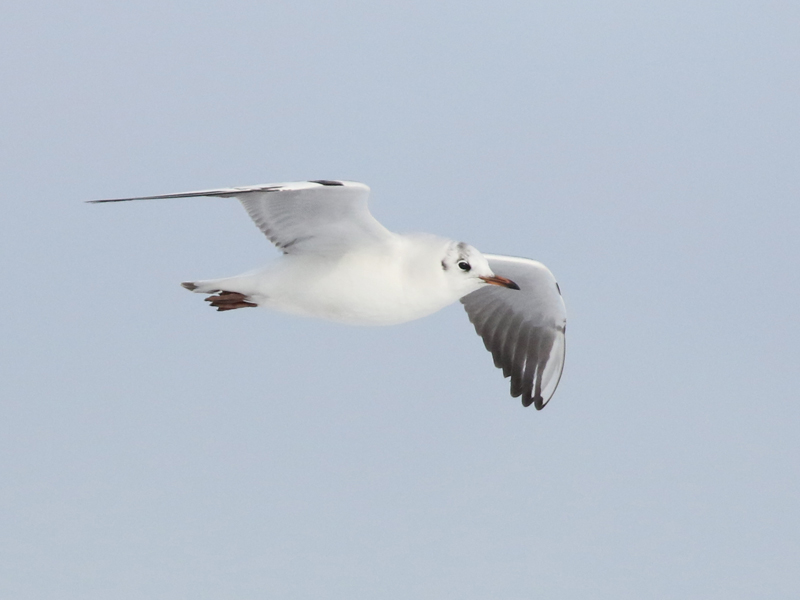

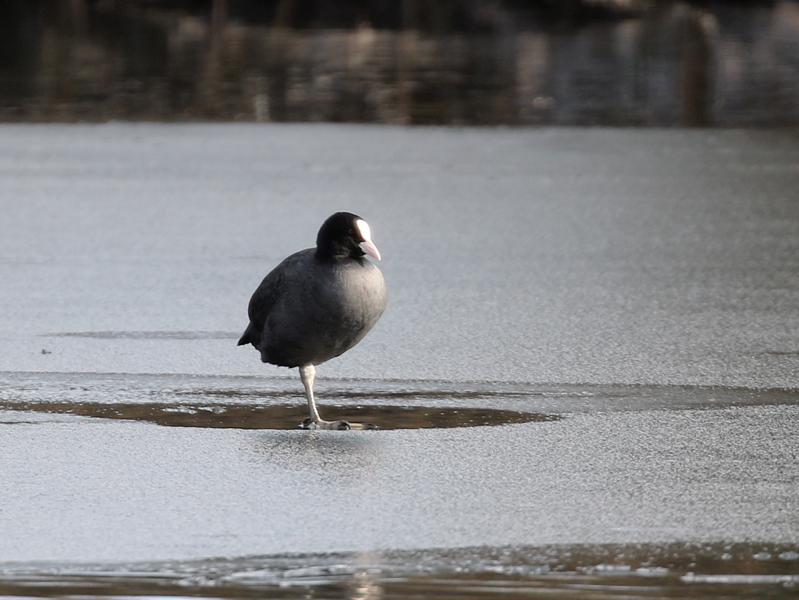
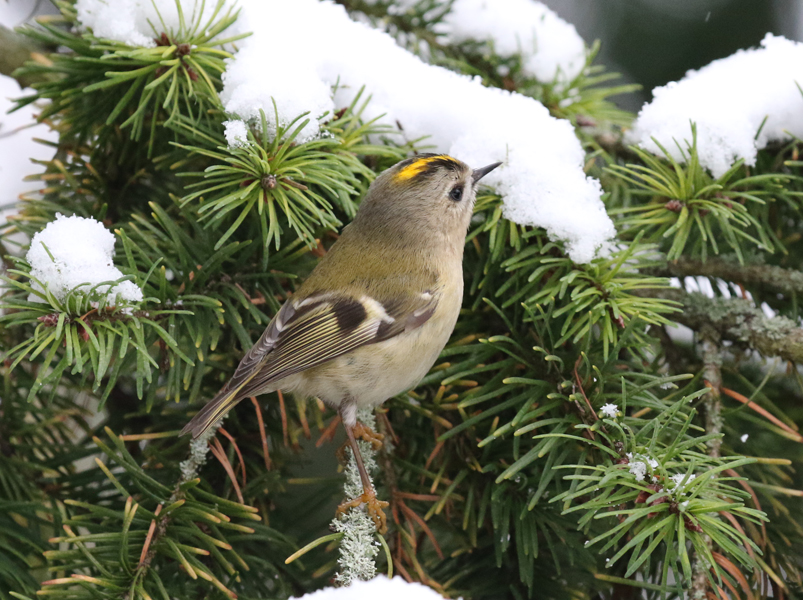
 Posted in
Posted in  Tags:
Tags: 









